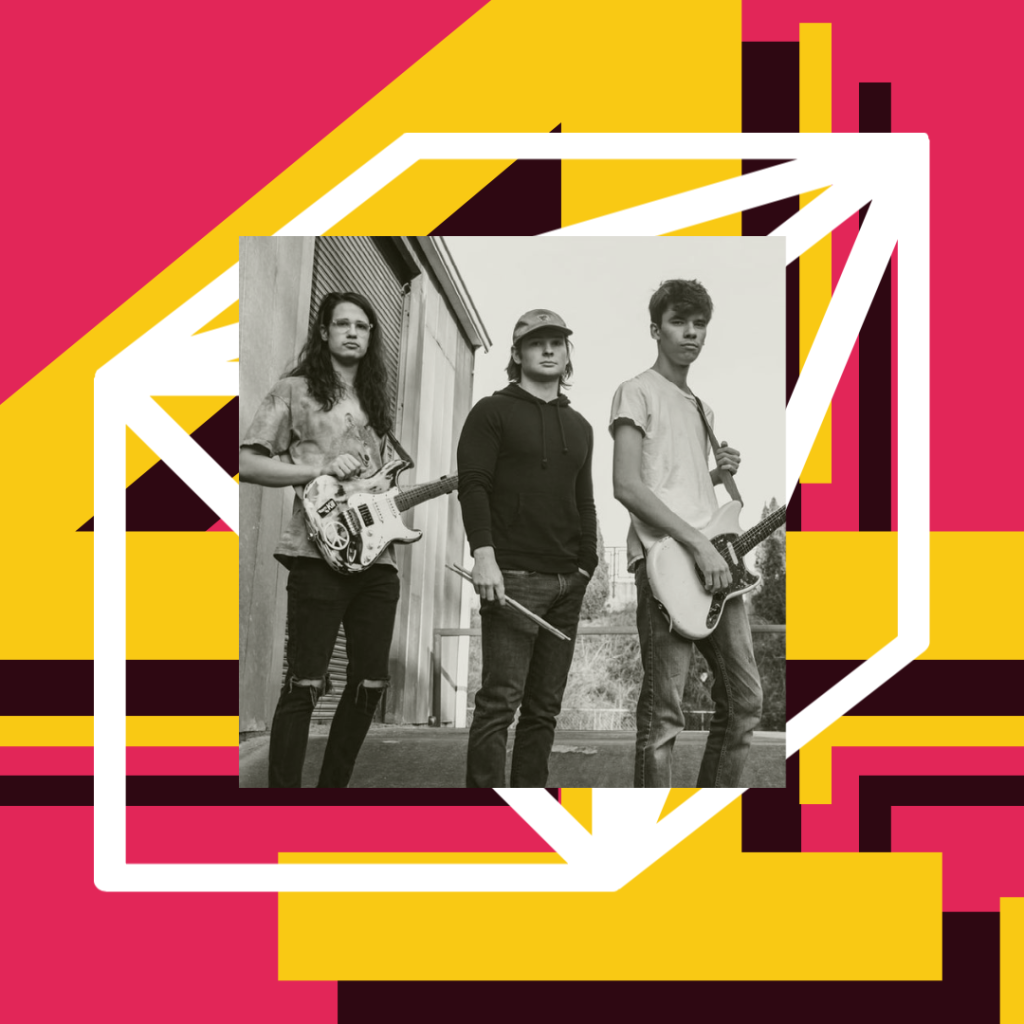Early in the year — in pre-pandemic times — I wrote about why I hadn’t read Little Women until then, prompted by the release of Greta Gerwig’s excellent film adaptation. It was a chance to examine my early reading habits. But yesterday’s post about alt-weeklies had me rethinking the story I told there. It’s true that I didn’t read many novels in my teens and twenties, but I devoured anything I could get my hands on that had to do with music and later art and film. Newspapers, alt-weeklies, music zines, college texts on art and cultural theory.
What was it about music coverage that I was so fascinated by? Why did I read so many interviews with bands I’d never heard (this was long before music streaming services). Often, the band photo drew me in. What is a band photo but a group of friends (sometimes frenemies) posing after having made something together, a creative collaboration, art. Style mattered: pose, setting, clothing, hairstyles, instruments. Together, these suggested attitude and genre: grunge, goth, synth, funk, mod, punk, hip-hop, folk, etc. Each has its visual tropes. But there was also a suggestion in every band photo that this group of friends were going somewhere together. On an adventure. Supporting each other. No wonder I was so drawn in.
Music interviews tend to focus on origin stories. Where did you grow up? What was it like there? How did you discover music? How did you meet your bandmates? Hearing many versions of these stories, you begin to piece together the world. Some people grow up rich. Some people grow up in decayed industrial towns. Some people have professors for parents. Others were raised by session guitarists, tobacco lobbyists, traveling oil derrick maintenance workers, addicts, drunks, or by no one at all.
These aren’t much different from the stories I listen to now in podcast form. Profiles of writers, artists and thinkers more often than musicians these days, but the path is the same. Geography, religion, lifestyle, accidents and chance meetings all conspire to shape your life’s work.
Last week, I wrote about the wall of my apartment that serves as a studio for art-in-progress and a collage of inspiring scraps. It occurred to me that this kind of wall is not so different from the inspirational therapy exercise known as a vision board: a collage of ideas that add up to the life you are working towards. I recently learned that Oprah Winfrey is a very common figure on vision boards. She’s effortlessly empathic and very rich (her frequent presence might also be explained by how easy to find she is in a stack of discarded magazines otherwise filled with anonymous models, expensive shoes and watches, and celebrities who reveal little of substance). One fan of vision boards recently told me that she doesn’t necessarily want Oprah’s lifestyle but rather would like to be interviewed by Oprah. I completely identified with this. Not necessarily that I want to be interviewed by Oprah, but by others I’ve come to know well through years of listening to their voice: Terry Gross, Kojo Nnamdi, Krista Tippett, Brad Listi. An interview becomes part of the vision of success. A third party has finally expressed interest in your life and work. Validation. Does everyone imagine themselves talking to their favorite talk show host? Martin Scorsese took the idea to the extreme in The King of Comedy wherein Rupert Pupkin (Robert De Niro) becomes obsessed with rehearsing for his imagined talk show debut and hatches a mad plan to make it happen.
Who else is in the imagined band photo and what is the story I’m telling to the interviewers from music zines and talk shows? Is it a version of these 100 election anxiety posts? A manifesto about turning things around and getting things on track? Maybe it is just a conversation about where I started, what I’ve seen, and everything I hope for the future.

